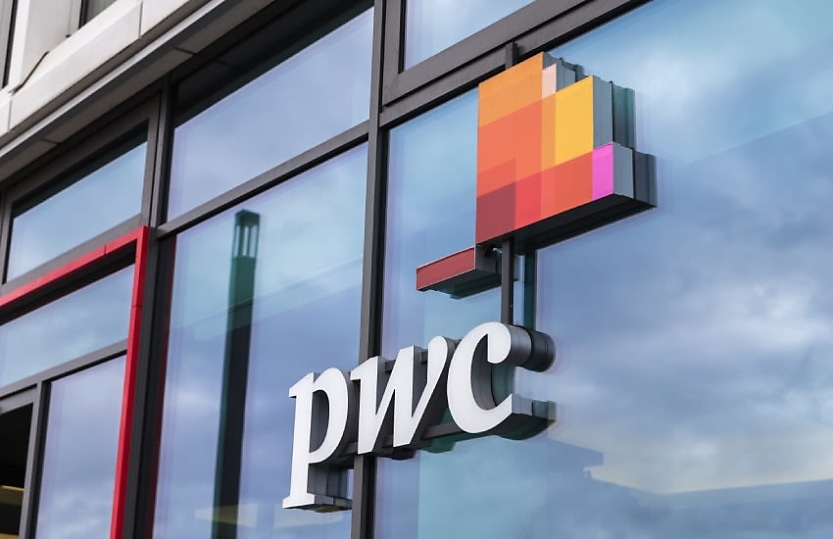Trusted AI key to unlocking future economic growth, says PwC

Trusted artificial intelligence could potentially boost economic output in the Asia-Pacific region by 14.7 per cent over the next decade, the big four firm has revealed.
New research from PwC has highlighted a potential boost in economic output over the next 10 years in the Asia-Pacific region from trusted AI sources.
The research found this potential uptick of 14.7 per cent in economic output would be “on par with growth rates last seen during the 19th century industrial revolution”.
The report, Value in Motion, was derived from data-driven scenario analysis, which revealed that the global growth dividend from AI was not guaranteed and depended on more than technical success, such as responsible deployment, clear governance and public and organisational trust.
PwC noted that the incremental boost to the economy by AI, characterised by lower trust and co-operation, would be more muted at 8 per cent, or in a pessimistic scenario, 1 per cent.
The research found that globally, the GDP increase could reach almost 15 per cent, adding more than a percentage point to current annual growth rates.
However, the costs of physical climate threats would impose economic constraints, despite the research showing an acceleration in growth due to AI.
PwC’s economic modelling suggested that physical climate impacts could leave the global economy nearly seven per cent smaller by 2035, “in all scenarios than it would have been otherwise”.
The firm said increased AI adoption was expected to lead to increased energy use by data centres.
“Modest use of AI to drive energy efficiency could offset this increased use of energy. PwC estimates that the energy use and emissions impact of AI would be neutral if each additional percentage point of AI use led to innovations which cut energy intensity by just 0.1 per cent.”
Amy Lomas, chief economist at PwC Australia, said the research quantified the opportunity for Australian businesses and the need for a rapid uptake of responsible, trusted AI.
“Getting the balance right between going fast and building trust in these new platforms will be critical. It’s less about the technology itself and more about how individual organisations engage with it and embed it. We will only reap the rewards if we have the scaffolding in place to trust the technology on a global scale,” she said.
“Australia has more to gain than most – we have the combined pressures of an especially tight labour market; a dramatic shift in our working age population; vulnerability to the physical climate risks of fire, flood, storms and heat; and significant growth in human services demand – primarily ages, health and disabilities care.”
Lomas added that organisations needed to become leaders in the AI approach rather than laggards, based on Australia’s urgent need to boost growth and unleash productivity.
Research by the big four firm revealed that $11.1 trillion in business revenue was set to shift between companies this year alone, driven by business efforts to alter how they created and delivered value in response to evolving market conditions.
This shift was predicted to take place at the same time as “rapid configuration” of the economy, which would lead to the formation of new domains that crossed traditional sector lines, according to PwC.
Lomas said these domains would focus on a set of basic human needs and would see businesses operate across multiple domains.
“In the Asia Pacific region, we will see AUD $4.7 trillion change hands as global megatrends collide and industries reconfigure. How we fuel society, move, feed and care for ourselves and build and make things are all in a state of flux.”
Adding to this, Tom Gunson, chief clients and markets officer at PwC Australia, said this represented a historic opportunity for Australian businesses to shift where they derived wealth and would tilt the economy towards more agile and innovative outputs.
“These growth dynamics, and the magnitude of the value at stake, mean that companies will have to innovate their business, operating and energy models rapidly. This will impact how we connect and compute, how we fund and insure, even how we govern and serve, to enable this transformation ahead,” Gunson said.
Based on chief executive research also conducted by the firm, only a third of Australian CEOs held a high degree of trust in AI and felt less exposed to technological disruptions than their overseas counterparts.
Australian CEOs were also more confident in their operating models, as 74 per cent said their business would be economically viable in the next decade if it continued on its current path.
Gunson said these sentiments towards AI suggested Australian business leaders didn’t feel the same sense of urgency as their global counterparts.
“Given the size of the prize available, it’s time to shift that thinking and consider how these global trends will reconfigure our industries, and where new value is emerging,” he said.
“Australia has the raw ingredients to lead in this new era, but leadership will depend on adopting a mindset that seizes the opportunities ahead while managing the risks. The next wave of growth won’t come from how much we dig or ship – but from how we meet human needs.”
About the author
